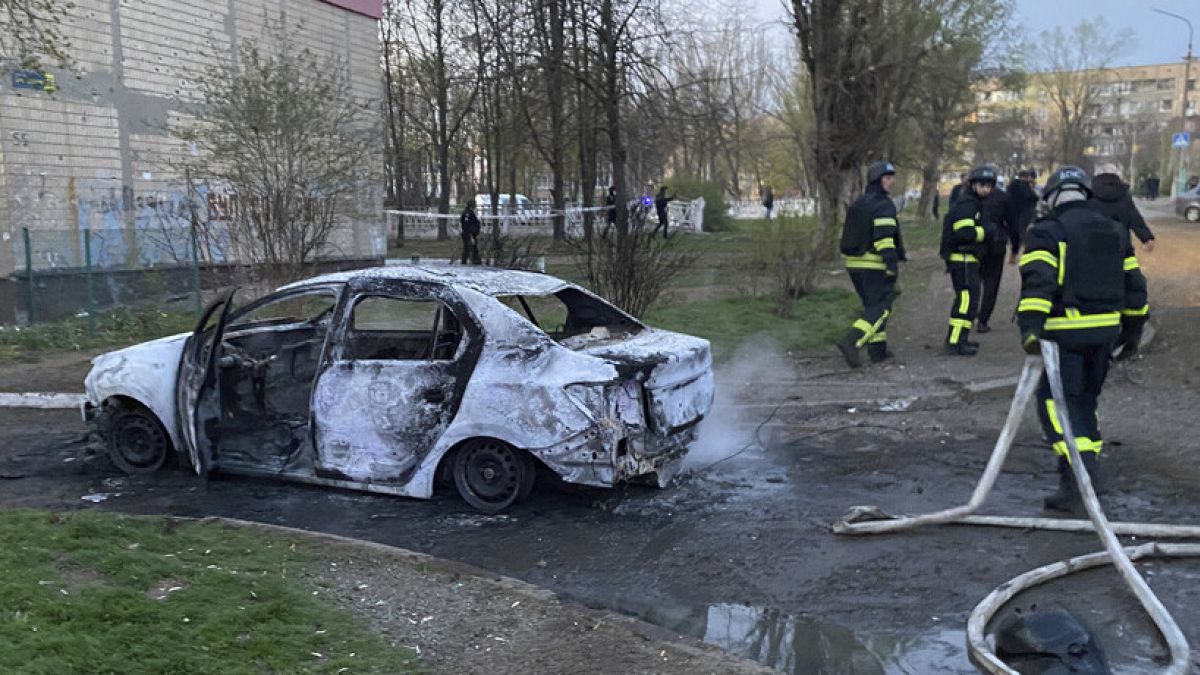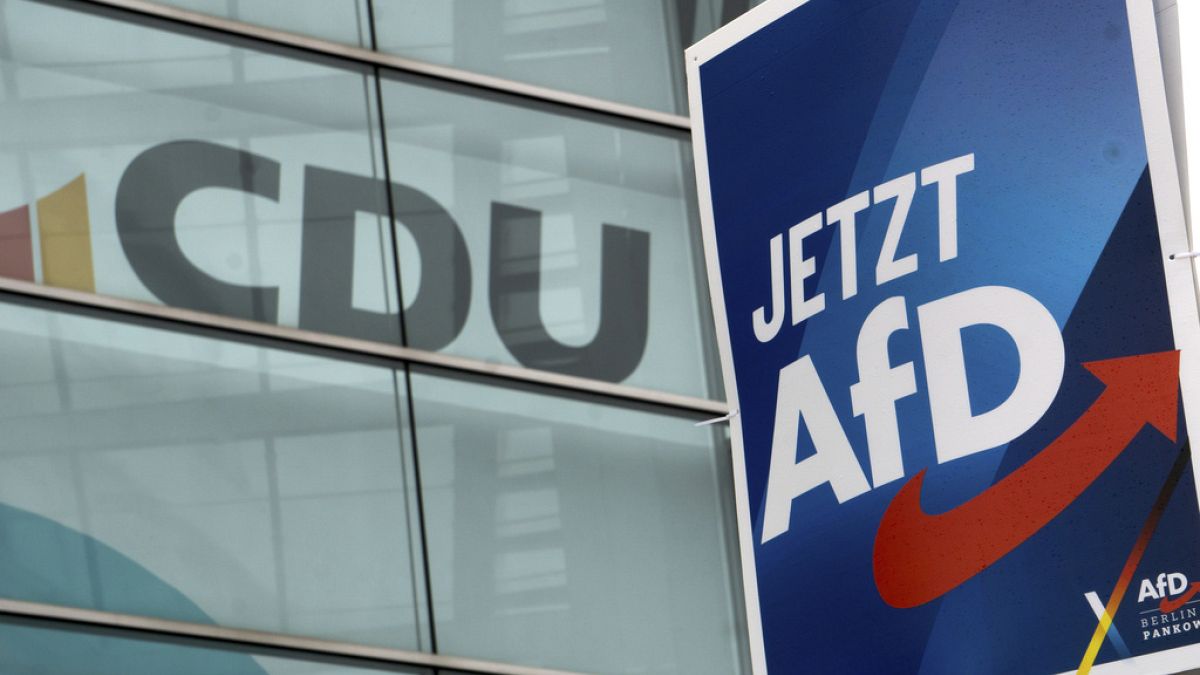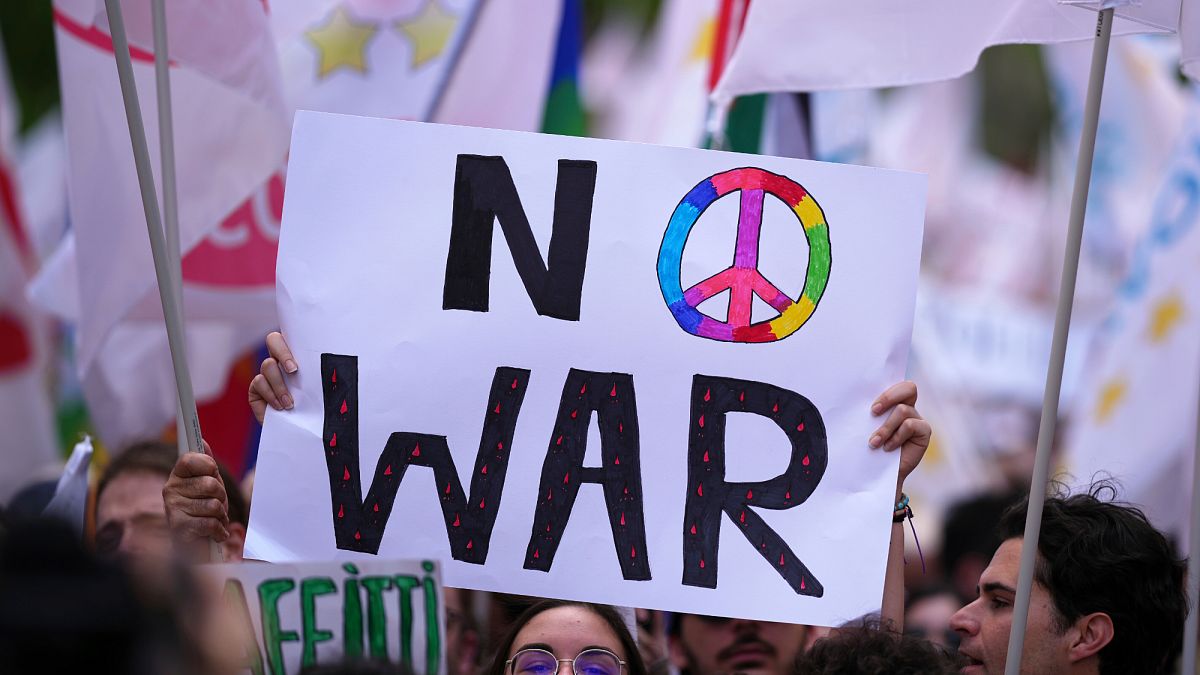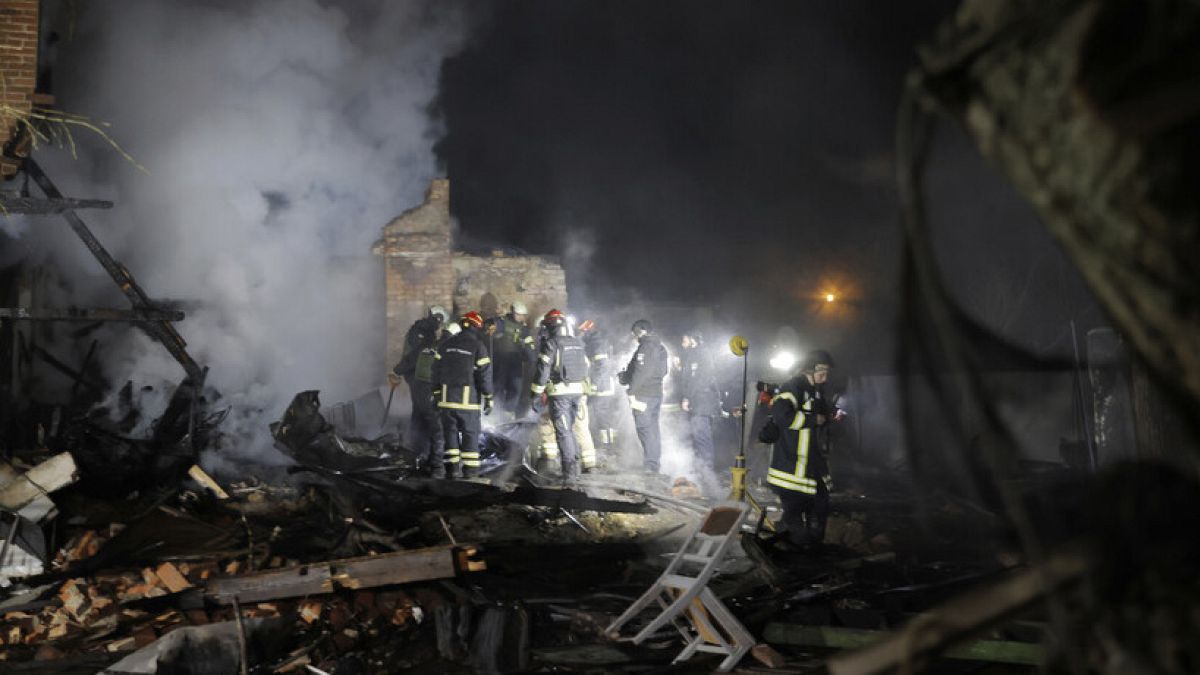Over a fifth of the EU's population is currently at risk of poverty or social exclusion, says a new damning Eurostat report on living conditions. The document also highlights huge income inequalities in the Baltic states and southern Europe.
The latest Eurostat figures on living conditions say that there are 94.6 million people in the EU who are at risk of poverty or social exclusion — or 21.4% of its population.
The numbers show little improvement from 2022, when the rate stood at 21.6%.
The dataset identifies 19 regions across the block where the rate of people at risk of poverty or social exclusion passes 35%, with many of them in Bulgaria, southwestern Greece, southern Spain and southern Italy — Belgium's Brussels region as well as Switzerland's southernmost canton of Ticino are included too.
In Ticino, in particular, the share went up by over 10% since 2020.
The territory with the highest share is the French department of Guyana (60.3%), followed by the southern Italian region of Calabria (48.6%), the southeast of Romania (45.3%), and another Italian region, Campania (44.4%).
In around half of EU countries, children represent the category with the highest rate of individuals at risk of poverty or social exclusion.
Eurostat also looked at inequality coefficients in terms of disposable income per inhabitant.
Bulgaria tops the EU list with the highest inequality coefficient (37.2), followed by Lithuania (35.7), Latvia (34.0), Portugal (33.7), Malta (33.0), Estonia (31.8) and Greece (31.8).
However, if we also consider countries outside the EU, the nation with the highest income inequality rate is Turkey (44.2).
Video editor • Mert Can Yilmaz

 5 months ago
51
5 months ago
51






 We deliver critical software at unparalleled value and speed to help your business thrive
We deliver critical software at unparalleled value and speed to help your business thrive






 English (US) ·
English (US) ·